When it comes to foam applications, selecting the proper adhesives and accessories can make all the difference in achieving long-lasting, professional results. Foam is widely used across various industries—from construction and automotive to packaging and DIY crafts. Whether you’re installing insulation or designing a decorative piece, the bond between foam and substrate is critical for structural integrity and durability. With experience and a focus on quality, The Foam Company has built a reputation for providing premium products that cover the needs of every project.
Foam characteristics vary in density, texture, and elasticity, and it’s crucial to choose adhesives and tools that complement these traits. The adhesives should be formulated to remain compatible with different types of foam, ensuring no damage, discoloration, or degradation over time. Furthermore, the application environment—from extreme temperatures to high moisture areas—plays a vital role in determining the right product. As you explore your options, consider not only the performance of the adhesive but also safety, ease of use, and environmental impact.
Key benefits of making informed choices include:
- Durable Bonding: A resilient adhesive keeps your foam intact even under stress.
- Enhanced Efficiency: The right accessories streamline application, saving time and reducing waste.
- Tailored Performance: Matching adhesive properties with foam type maximizes project performance.
For those looking for an all-inclusive collection, check out our best adhesives for foam selection. As a cornerstone of our commitment to quality, we ensure that each product stands up to rigorous testing and real-world application.
Our goal is to empower users by sharing expert insights drawn from years of industry experience. Whether you’re a professional or a hobbyist, understanding the delicate interplay between adhesive properties and foam composition is essential. In this guide, we dive into the details – from foam characteristics to a variety of adhesive types and the most important accessories available. This blog is designed not only to help you make informed decisions but also to provide practical, step-by-step tips to achieve a flawless finish in your projects.
Explore our dedication to excellence and let our expertise guide you through every decision, ensuring your bonding process is effective, safe, and lasting. With our customer-focused approach, The Foam Company remains your trusted partner in all foam-related projects.
Understanding Foam Characteristics and Application Needs
A thorough grasp of foam characteristics is the first step in selecting the right adhesives and accessories. Every foam type—whether soft, flexible, or rigid—demands a tailored approach to ensure a secure and enduring bond. This section breaks down the primary factors that influence adhesive performance.
-
Physical and Chemical Properties
Foams differ in density, elasticity, and surface textures. These variations mean that an adhesive’s compatibility can change drastically from one application to another. For instance:
- Lightweight vs Dense Foam: A lightweight foam might require more delicate handling, while a denser type could need a stronger formulation
- Surface Texture: The microstructure of foam surfaces influences how adhesives interact, making it essential to verify that the adhesive doesn’t cause foaming or degradation.
-
Environmental Considerations
Environmental factors such as temperature, humidity, and UV exposure are integral to the performance of adhesives:
- Temperature Fluctuations: High heat can accelerate curing times but may also compromise bond quality if not controlled.
- Moisture and UV Effects: Exposure to moisture and sunlight requires specially formulated adhesives, like our recommended spray adhesive for polystyrene, which are designed to withstand these challenges.
By aligning the adhesive’s properties with your foam’s characteristics, you ensure that the bond remains secure and long-lasting under all conditions. Detailed product instructions and expert guidance are key, so be sure to perform a test on a small area before full-scale application. With these insights, you can confidently make science-backed decisions for your projects and explore an array of choices like Foam-safe glue options. This foundational understanding sets the stage for successful adhesive selection and application.
Types of Adhesives for Foam Applications and Their Benefits
Selecting the correct adhesive is crucial for the durability and performance of your foam projects. The Foam Company offers a range of formulations designed to cater to various foam types and project requirements. In this section, we’ll examine several key adhesive types along with their unique benefits.
Contact Adhesives
These adhesives are applied to both the foam and the material it adheres to before being pressed together. They provide an immediate, robust bond that is perfect for large surface areas.
Key Points:
- Fast setting and reliable initial adhesion.
- Ideal for laminating foam to surfaces like metals, plastics, or wood.
For deeper performance insights, explore our Foam bonding solutions to find products that excel in tough projects.
Spray Adhesives
Designed to distribute a fine mist over the foam, spray adhesives ensure an even, controlled application even on porous surfaces. Their lightweight application minimizes clumping and oversaturation.
Here are the advantages:
- Superior coverage on uneven surfaces.
- Quick and efficient application ideal for lightweight foam.
Our spray options are specifically formulated, and you can check products like our High-strength foam adhesives for more industrial uses.
Hot Melt Adhesives
These adhesives melt upon application and solidify quickly to form a robust, permanent bond.
Here are the benefits:
- Extremely fast setting times.
- High bonding strength is ideal for assembly-line projects.
Their durability makes them a staple in industrial environments, meeting the needs of quick, reliable performance.
Epoxy-Based Adhesives
Known for their superior durability and chemical resistance, these adhesives combine resin and hardener to achieve strong, lasting bonds.
Notable Features:
- Excellent resistance to environmental stressors.
- Ideal for foam that may be exposed to moisture or harsh chemicals.
For high-performance environments, our High-strength foam adhesives are a trusted choice.
Additional Considerations:
Before making a final choice, consider the following:
- Compatibility: Each adhesive type must work seamlessly with your specific foam.
- Curing Time: Balance your project timelines with appropriate adhesive curing properties.
- Usage Environment: Ensure your selected adhesive withstands environmental challenges.
Exploring these types helps you match the adhesive to your application perfectly. Additionally, our extensive range available at best Adhesives for foam offers reliable solutions designed with quality and performance in mind. Leveraging these options ensures that your foam applications are met with products that not only offer longevity but also enhance the overall project outcome. Regardless of whether you are working on DIY projects or large-scale installations, informed decisions lead to successful bonding every time.
Essential Accessories and Application Tools for Foam Bonding
Beyond selecting the right adhesive, having the proper accessories and application tools is essential in ensuring a professional and seamless foam bonding process. At The Foam Company, we recognize that achieving high-quality results is just as much about the tools you use as it is about the product itself. The right accessories can help improve adhesion, minimize waste, and enhance safety.
Primary Accessories You Need
- Applicators: Specialized applicators like brushes, rollers, and spreaders help ensure even adhesive application. They enable you to cover large surfaces with precision, ensuring that every inch of foam is evenly bonded.
- Protective Gear: Safety is paramount when working with adhesives. Wearing gloves, goggles, and protective clothing minimizes exposure to chemicals, creating a safer work environment.
- Dispensing Equipment: Investing in high-quality dispensers helps manage the amount of adhesive applied, reducing waste and ensuring a uniform spread. This results in consistent bond strength and fewer mistakes during the application.
- Masking Tapes and Sealants: These materials provide targeted protection to areas that should remain free of adhesive. Their use ensures crisp, clean edges and a professional finish.
Application Tools Enhance Efficiency
- Precision Tools: Tools designed for detailed work, such as precision nozzles and applicator guns, allow for controlled adhesive flow. This is particularly useful for intricate projects where excess adhesive can ruin the finish. For precise foam applications, consider our guide on how to attach foam to metal, which outlines effective techniques and accessories.
- Innovative Options: New accessory innovations, such as ergonomic designs and adjustable dispensing systems, help accommodate a wide range of foam materials. They improve work ergonomics and reduce downtime during large projects.
In addition, it is important to use products that specifically cater to the needs of foam bonding. For example, our platform features foam-safe glue options that ensure a safe and secure bond without compromising foam integrity. Similarly, our products provide solutions like the best glue for EVA foam, crafted with the appropriate chemical composition to prevent any harmful reaction between the foam and the adhesive.
When planning your project, consider assembling a comprehensive toolkit that addresses every aspect, from adhesive application to post-application cleanup. By combining these tools, you not only improve bond strength but also streamline your process, ensuring efficiency and high-quality finishes across the board. The right accessories play a key role in minimizing errors, protecting your work, and ultimately delivering consistent, professional results.
Comprehensive Tips for a Successful Foam Bonding Process and The Foam Company Support
Success in any foam bonding project hinges on careful planning and execution, from pre-application preparation to post-application care. It’s imperative to create a system that safeguards both the integrity of the foam and the longevity of the adhesive bond. In this section, we provide a detailed roadmap for achieving a superior finish on every foam project.
Pre-Application Preparation
- Surface Cleaning: Ensure all surfaces are free from dust, grease, or contaminants. A clean surface is the first step toward a strong bond.
- Small-Scale Testing: Always test the adhesive on a small section of the foam to verify compatibility and performance before proceeding with a full-scale project.
- Temperature Control: Work within the recommended temperature range to maintain optimal viscosity and adhesion properties. This precaution is crucial when environmental conditions fluctuate.
During the Application Process
- Use the Right Tools: Select applicators and dispensing equipment that suit your project’s scale. Whether you need a high-precision brush or a robust dispensing gun, the right tool ensures even distribution.
- Monitor Curing: Allow the adhesive to cure undisturbed. Minimizing movement during the curing phase safeguards the bond and prevents early failure.
- Follow Manufacturer Guidelines: Adhere strictly to application instructions, including mixing ratios and recommended cure times. This attention to detail greatly enhances the final product quality.
- Safety Practices: Wearing protective gear, such as gloves and safety goggles, is non-negotiable. Ensuring safety not only protects you but also maintains the integrity of the foam materials.
Post-Application Best Practices
- Adequate Cure Time: Even if the adhesive appears set, allow ample time for full curing. This step ensures that the bond reaches its maximum strength.
- Inspect the Bond: After curing, perform a thorough evaluation. A gently tested bond should meet the durability and performance standards of your project.
- Clean and Store Tools: Proper maintenance of applicators and dispensing equipment prevents residue build-up and extends tool life.
For projects requiring resilience under challenging conditions, explore our selection of waterproof foam adhesive that offers superior moisture resistance. Additionally, effective finishing solutions such as foam mounting tapes help secure foam components in place. When aesthetics and functionality align, double-sided adhesive for foam can provide that extra layer of reliability.
At The Foam Company, our commitment to quality ensures that every product, from adhesives to accessories, is selected with precision and expertise. Our comprehensive approach and robust customer support ensure you have the guidance you need for a successful project, every time.
Conclusion: Final Thoughts on Optimal Foam Bonding Solutions
In conclusion, selecting the right adhesives and accessories is pivotal to ensuring the longevity and quality of your foam applications. Every project demands a careful assessment of foam characteristics, environmental conditions, and practical application methods. Understanding these factors empowers you to make informed choices that result in strong, durable bonds and efficient project workflows.
Key Takeaways for Successful Foam Bonding
- Thorough Material Evaluation: Before choosing an adhesive, consider the foam type and its specific properties—density, texture, and flexibility. A comprehensive evaluation of these factors helps identify the ideal solution that not only offers a robust bond but also maintains the integrity of the foam over time. For instance, if you are looking for the best adhesives for foam, a detailed understanding of your foam’s composition is the first step.
- Matching Adhesives to Conditions: The right adhesive needs to be compatible with environmental influences such as temperature fluctuations, moisture, and UV exposure. Products like Waterproof foam adhesive are specifically formulated to handle these challenges, ensuring that your foam applications remain stable even in demanding settings.
- Importance of Application Tools: High-quality accessories and precise application tools not only simplify the process but also guarantee a uniform and effective bond. Whether you’re using spray adhesive for polystyrene for a lightweight application or Double-sided adhesive for foam to enhance adhesion, investing in the proper tools is just as important as selecting the right adhesive.
- Adherence to Best Practices: From meticulous surface preparation to controlled curing environments, following industry best practices is essential. Regular testing on small foam sections can prevent unexpected issues and ensure that the adhesive meets the project’s requirements. This systematic approach is vital whether you are working on a DIY project or a large-scale industrial installation.
- Ongoing Support and Expertise: At The Foam Company, our commitment extends beyond product quality to include expert advice and robust technical support. Our resources—covering topics from foam bonding solutions to high-strength foam adhesives—are designed to guide you step-by-step towards optimal results.
Ultimately, the success of any foam project lies in the careful selection and use of adhesives and accessories tailored to the demands of your application. By aligning the right products with your unique project needs, you can achieve a flawless, long-lasting bond every time. We invite you to explore our comprehensive range of products and expert guidance, ensuring that each foam project you undertake stands the test of time.


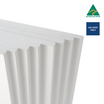
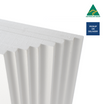
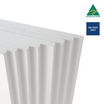
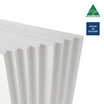
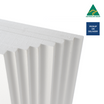
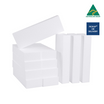
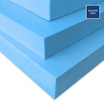
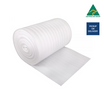
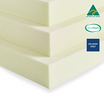
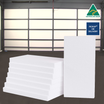
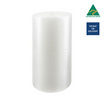
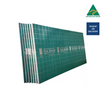
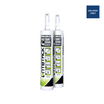

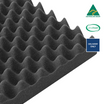
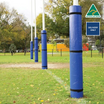

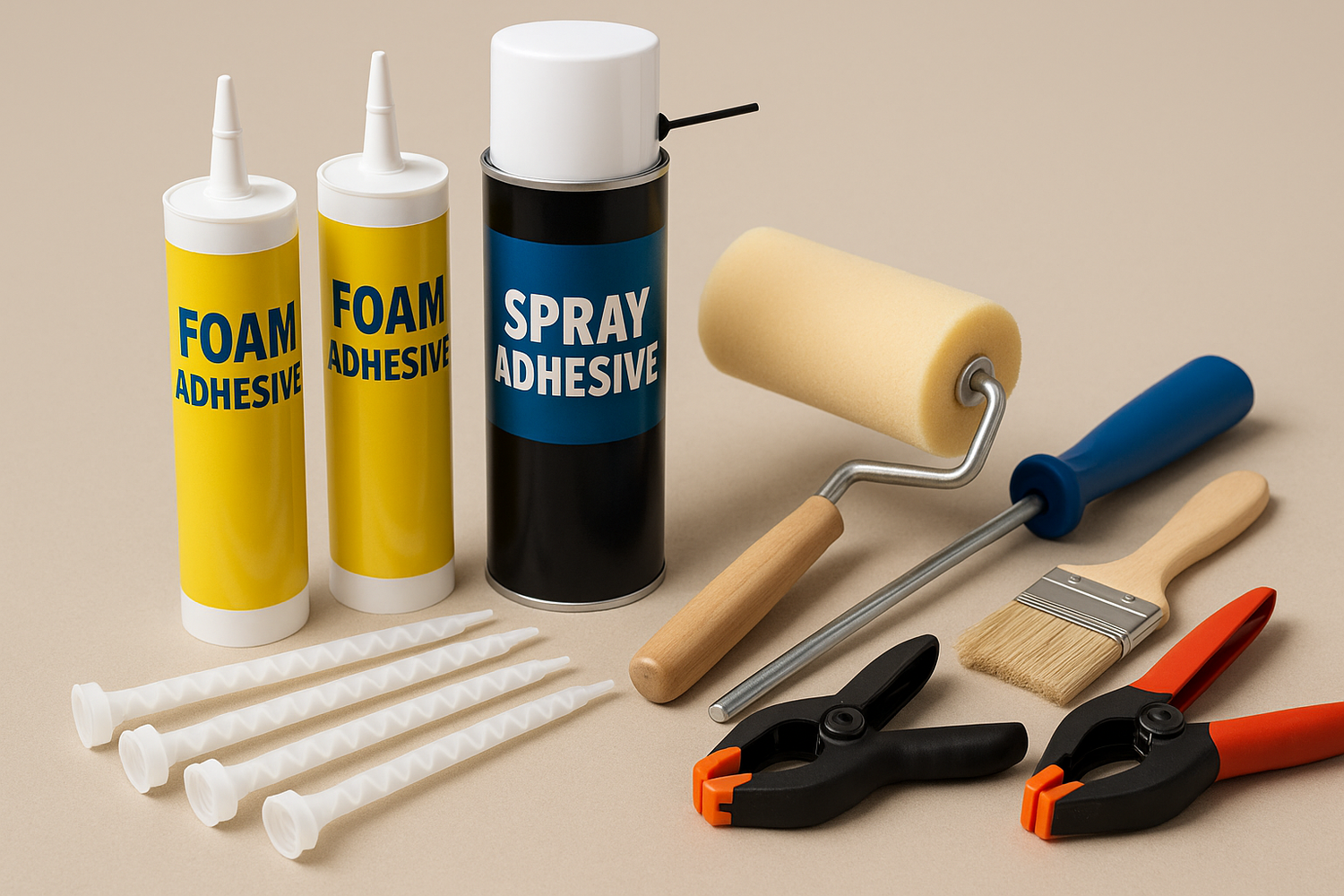
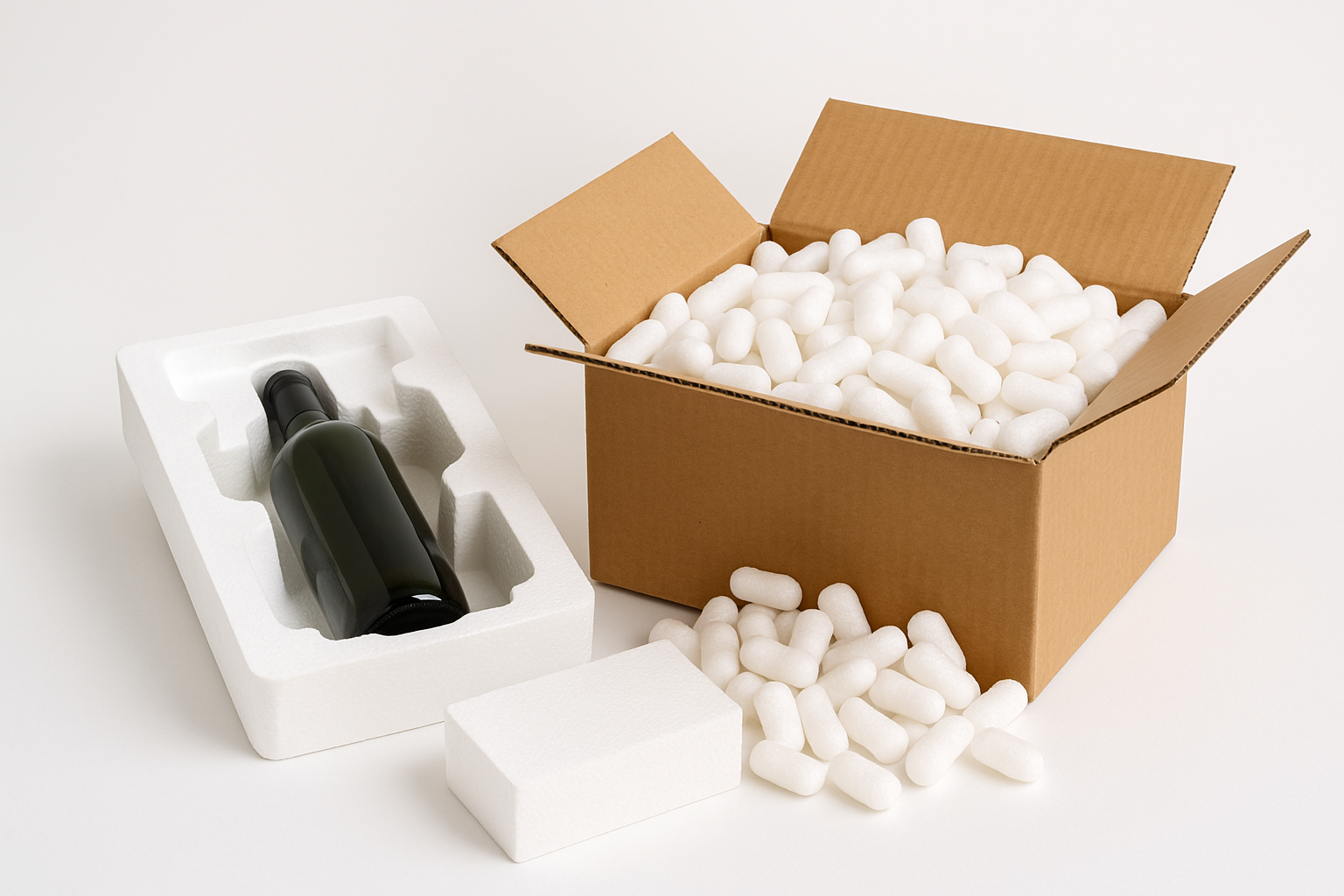
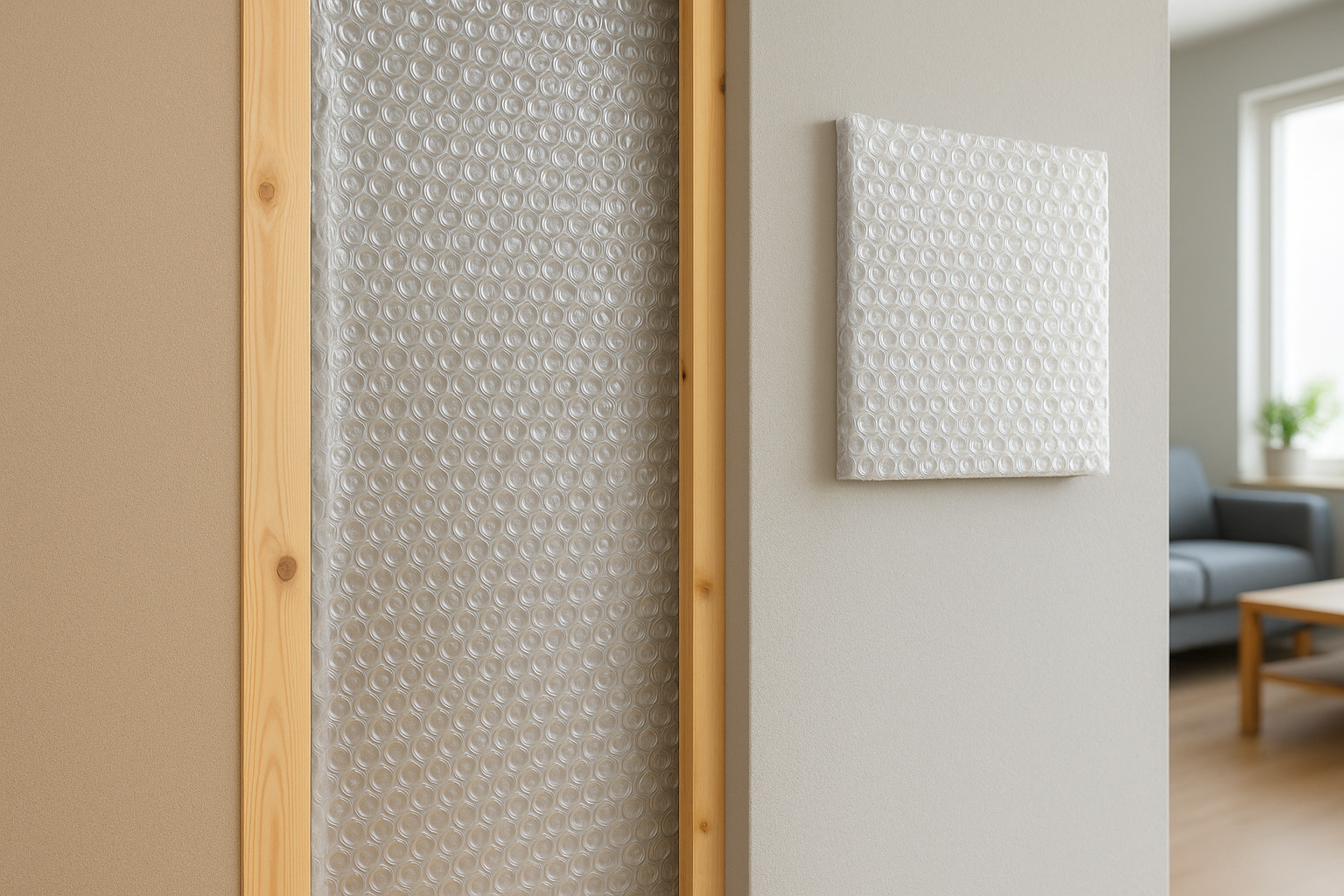
Leave a comment
This site is protected by hCaptcha and the hCaptcha Privacy Policy and Terms of Service apply.